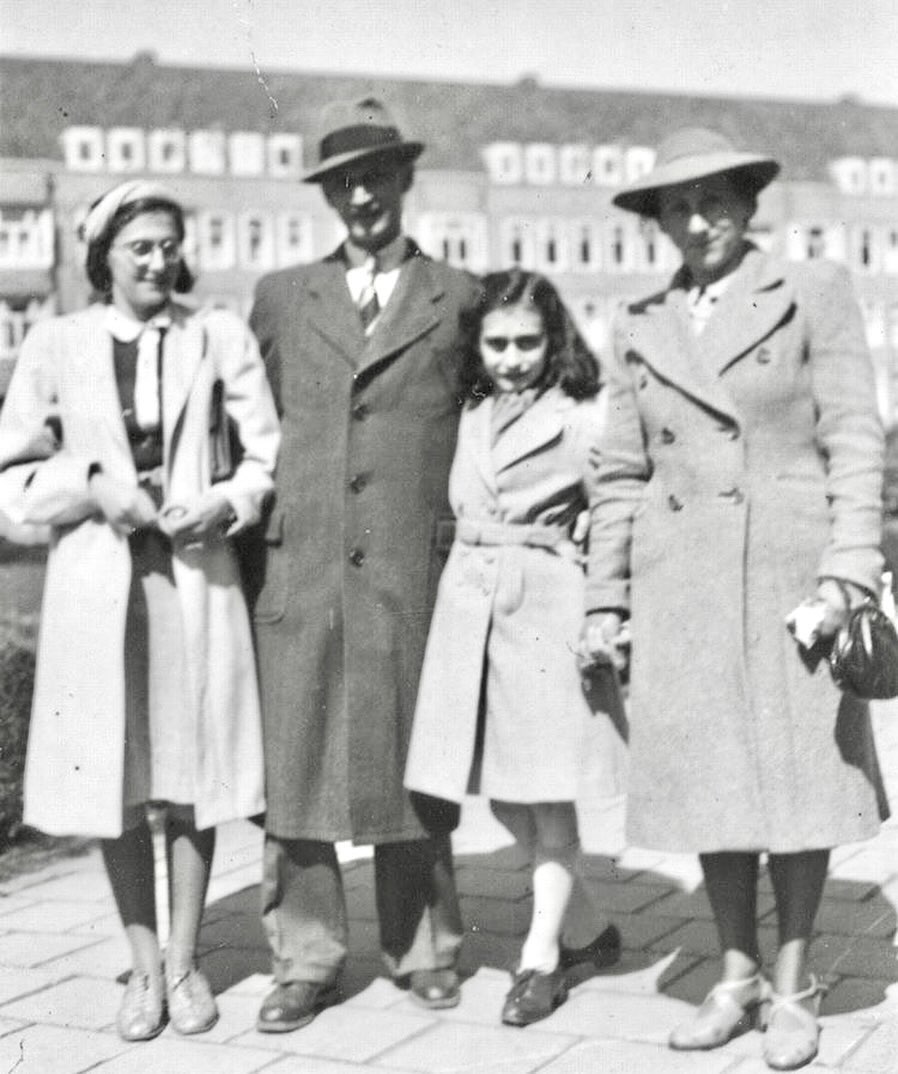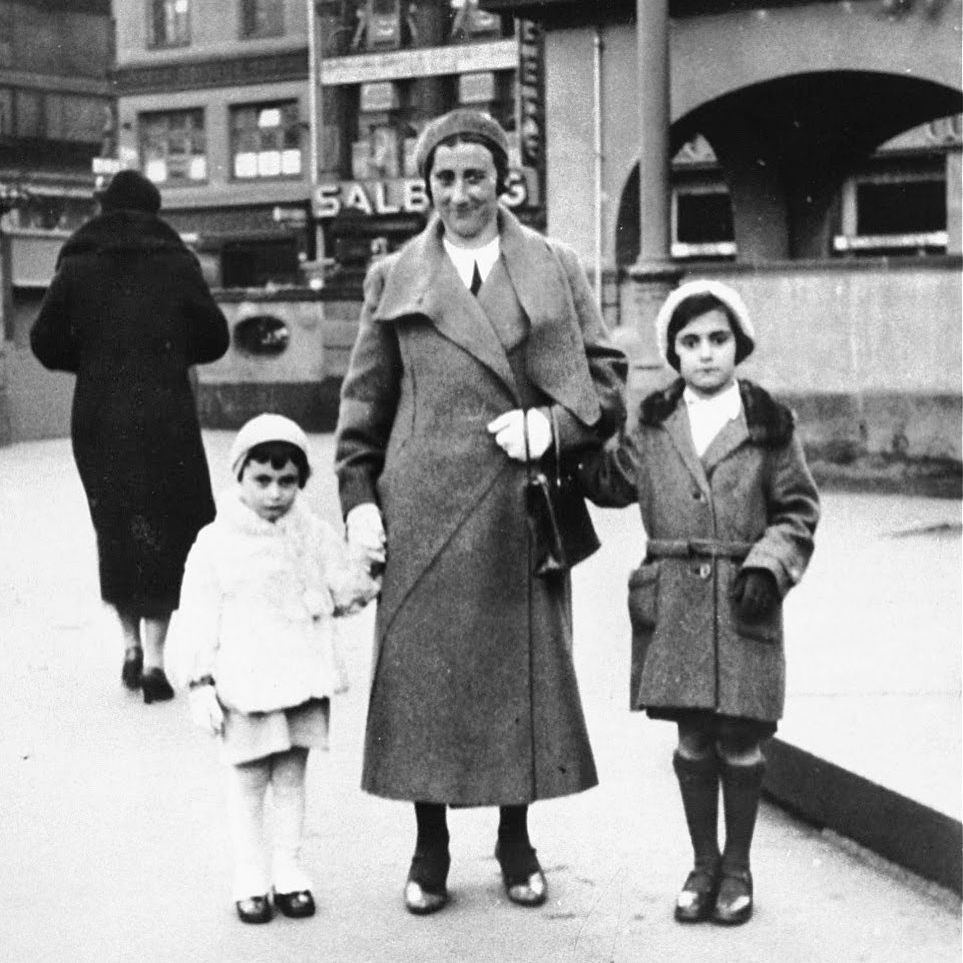The Final Journey
At dawn on September 3, 1944, a silent and somber procession began at the Westerbork transit camp in Holland. The guards roused 1,019 prisoners from their barracks, herding them toward the train tracks. Among them were the Frank family, who had been captured and sent to the camp just a month earlier. In a small, almost meaningless gesture, the “punishment prisoners” were given back their own clothing, a final, cruel act of pseudo-humanity.

The train was a living hell. At least seventy-five people were crammed into each carriage, with no windows, no seats, and no toilet—only an empty bucket. Despite the horrifying conditions, most of the prisoners were described as “calm and composed,” a testament to their profound exhaustion and resignation. In a rare and devastating stroke of luck, the Frank family—Otto, Edith, Margot, and Anne—were able to travel together in the same carriage.

The loading of the train took at least an hour before it finally pulled out of the station. It was the last train to leave Holland for Auschwitz-Birkenau in Poland. The journey was a descent into the unknown, a final, one-way trip for so many. The train carried more than just people; it carried the last hope of a generation. It marked the final chapter of the Jewish community in Holland, and the final, tragic journey for Anne Frank and her family.